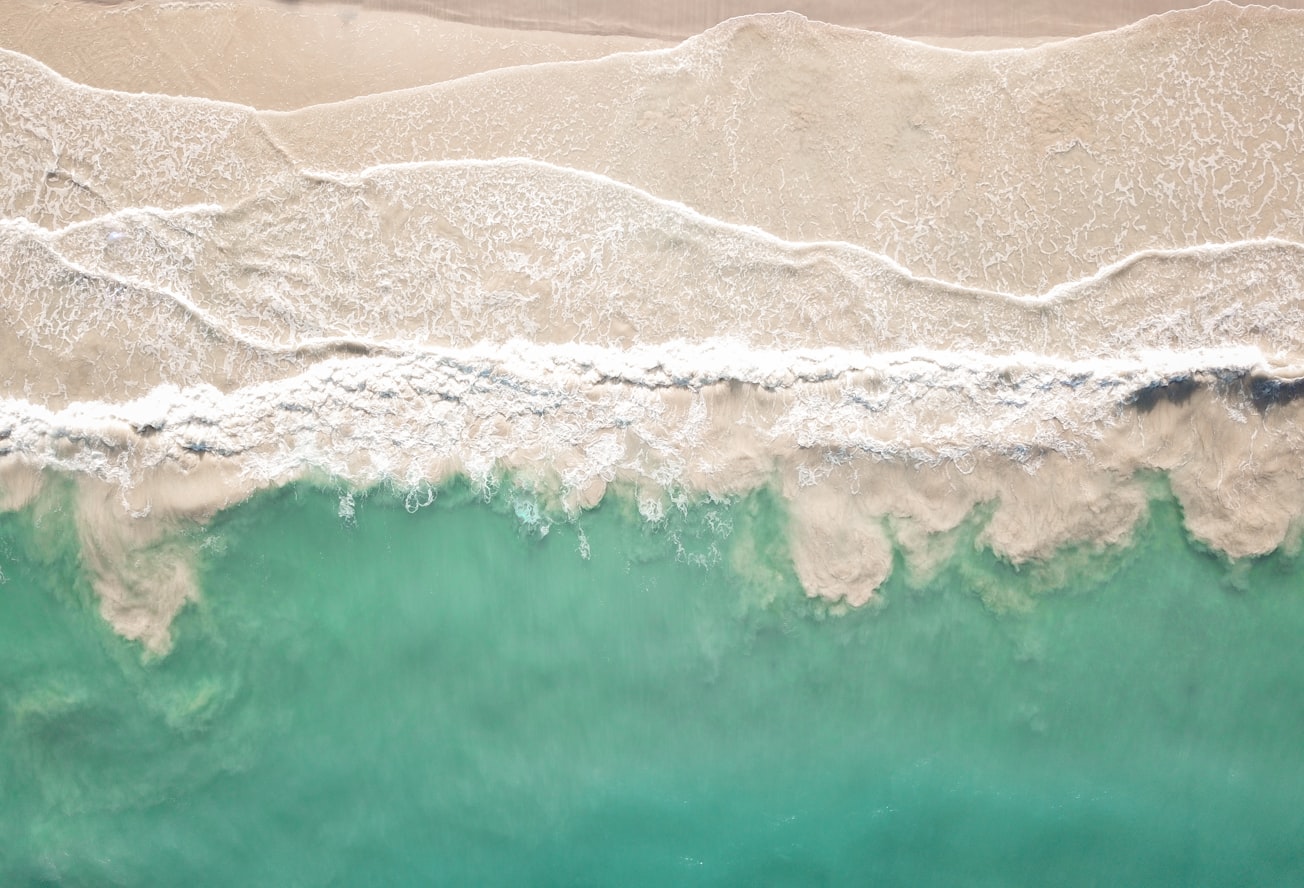What is it about?
In some coasts exposed to waves, sand deposits can be found forming rounded shapes in profile (classical clinoforms). These bodies have been described as "infralittoral prograding wedges." Data on their grain sizes were accumulated to work out their thresholds of motion. Using a reanalysis dataset based on meteorological data (ERA-40), the wave-induced shear stresses was computed at the depths of the rollovers during times of more extreme wave conditions. The rough correspondence between the two supports the idea of these sand bodies forming by suspension and bedload movements of sands in shallow water, which are exported towards deeper water, depositing where wave agitation diminishes. Discrepancies between the threshold and estimated stresses were interpreted as caused by influence of other currents, such as wind-driven currents.
Featured Image

Photo by Michael Olsen on Unsplash
Read the Original
This page is a summary of: Depths of Modern Coastal Sand Clinoforms, Journal of Sedimentary Research, July 2012, Society for Sedimentary Geology,
DOI: 10.2110/jsr.2012.40.
You can read the full text:
Contributors
The following have contributed to this page







